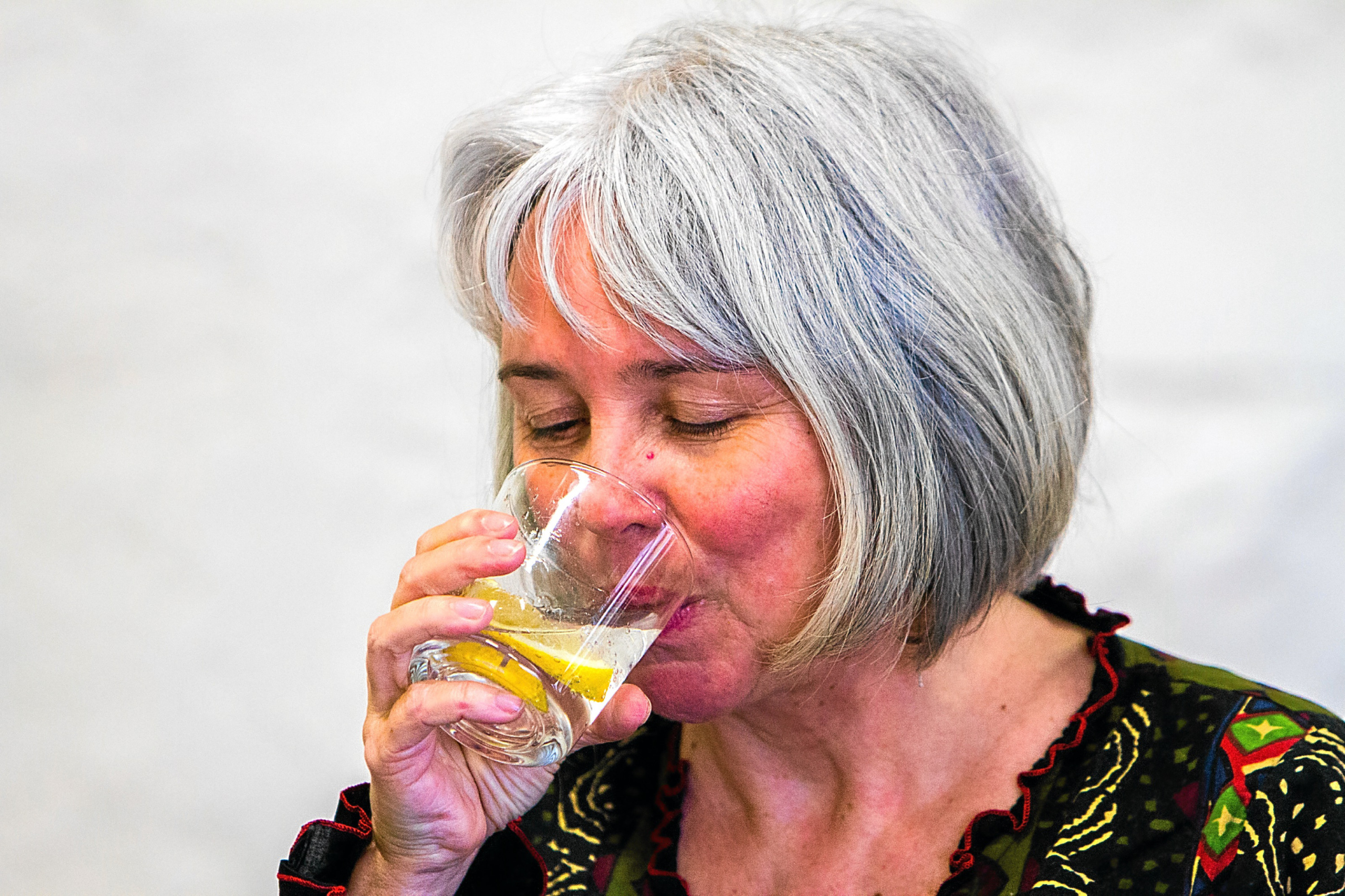Well, I warned you last week. Don’t say I didn’t. It was in The Courier, so it must be true.
We may, in the immortal words of Tennessee Ernie Ford (Newport Nellie Broon just doesn’t have the same ring to it, does it?), be another day older and deeper in debt but for the past seven days I have been – on your behalf as well as for my own sweet sake – investigating reports about anti-ageing gin.
If you haven’t had too much to drink in the interim, you may recall I mentioned it last Friday. If you have (and I’m saying nothing about my own intake in the last week on the grounds that I will very definitely incriminate myself), read on – if the double vision will let you.
I’m talking about the stuff that claims to replace your lost or speedily disappearing collagen (collagin?) and make you look younger with every swig.
If it’s not true, it ought to be. But I smell a rat, as well as copious amounts of juniper-infused liquid.
I speak as someone who has been drinking gin (not all day, every day but on a reasonably regular basis – if reasonably is a word that can be used in these circumstances) since my then-boyfriend’s 21st birthday at the Edinburgh University student union in 1978.
Dreadful concoctions
Up until that point, I had been known to imbibe such dreadful concoctions as Cointreau and lemonade, Southern Comfort and bitter lemon and cider and Babycham and what, in the vets’ pub on the south side of the capital city, was accurately known as a Shelf Two.
It did exactly what it said on the tin, eg, fill a pint glass with a measure from every bottle on the second shelf behind the bar. They bred ’em tough in those days. They don’t make pubs like that any more, certainly not since the invention of student loans.
Obviously, however, I have not been consuming the right kind of beverage to turn my surroundings into some contemporary version of Shangri-La, where a magical elixir somehow magically confers eternal youth and beauty as long as you don’t overstep the mark.
That’s not to mention the chance of a bathe in a magic fire pit (if I recall my Ryder Haggard correctly from the pages of the wonderful adventure novel, She), that allegedly turned you into Ursula Andress in a frock held up only by gravity and the kind of embonpoint that makes Kim Kardashian look like a less well-fed relative of the Duchess of Cambridge.
I can’t say have I noticed anything that might approximate to a serious difference – nay, improvement – in outward appearance, in spite of all my efforts and serious levels of practice.
In fact, let’s face it. If there was anything in all these claims about age-defying botanicals and herbal combinations that will eliminate wrinkles as you get a few trebles down your unfortunately raddled, turkey-style neck, I would look as if I had hardly passed puberty.
I refer to you to the pictures which grace this page. This is obviously not the case. Or the crate, depending on how you order your supplies of Mother’s Ruin.
It’s an optic-al illusion, in fact, the notion that a drop of the hard stuff restores firmness to sagging skin and wilting muscle tone. These tempting claims might, of course, be part of the reason for the glut of distilleries we now find around us and the vast number of new types of gin flooding the market and our livers, which, even if the stuff makes no difference to our outward appearance, must surely be the best exercised organs in our bodies.
And it might explain the exploding popularity of cocktails.
Rejuvenating cocktail?
The Corpse Reviver, I feel, might be claiming a little too much for the rejuvenating properties of its principal ingredient but the existence of a drink known as an Old Etonian might just explain a lot about the florid complexion of our current prime minister.
Be that as it may, last weekend, I found myself in a rather upmarket booze emporium not a million miles from my old stamping – nay, staggering – ground on the southern fringes of Embro.
And it seemed like absolutely the right thing to do to peruse their shelves in the hope of finding a flagon that might offer me something longer lasting than just a hangover and a hole in my finances.
I can’t say I found the answer to life. But I did avail myself of an American distillation rejoicing in the name of Death’s Door.
And on the principle that I might not have enough time left in this existence to read War & Peace or even buy green bananas – and surmising that the clue might be in the name – I opened it that night.
After all, the spirit might be willing but these days, the flesh can’t possibly be expected to hold out for much more than a week.
